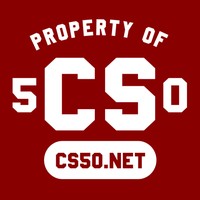Kadaghanan sa mga ekosistema sama sa app tindahan sa mga kaha sa bukas o curated. Apan nganong dili kita adunay mga? Maayo, sa atong mahimo — ang tanan nga imong gikinahanglan mao ang tulo ka mga berbo: sa pagmantala sa, makakaplag, ug sama sa. Nga moadto alang sa teknolohiya ug sa bisan unsa pa.
Kasagaran adunay duha ka mga opsyon sa diha nga kamo gusto aron sa pagmantala sa usa ka app: imantala kini sa usa ka butang sama sa iOS App Store (diin ang mga tawo makakaplag sa inyong app, apan Apple tig-ribyu makalimod sa imong pagpasakop) o ibutang kini sa ibabaw sa imong website (diin kini sayon aron sa pagmantala sa, apan walay garantiya bisan kinsa makakita niana.) Not the greatest set of options.
Isn’t there a way to combine the strengths of both of these to make for the best possible experience for both publishers and consumers? I think there is. It’s called an open and curated ecosystem. Let’s take a look at:
- What open ug curated ecosystems are
- Examples of open and curated ecosystems
- What you need to make an open and curated ecosystem
- Examples of these ecosystems beyond just technology
and see if we can discover something about the power of crowdsourcing, innovation, and the three verbs sa pagmantala sa, makakaplag, ug sama sa.
Curated vs. open ecosystems
The iOS App Store and open internet, among others, are app ecosystems — places where apps can be published and found. And I think the big factors that differentiate one ecosystem from another are whether the ecosystem is open, where anyone can publish apps and whether it is curated, where the best apps rise to the top and users are assured quality apps. That’s the major difference between the iOS store and the internet at large, which I mentioned earlier.
Let’s look at examples of curated and open ecosystems and what differentiates them.









